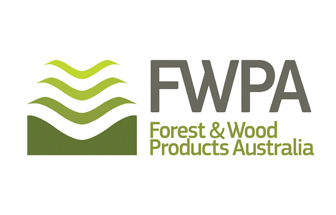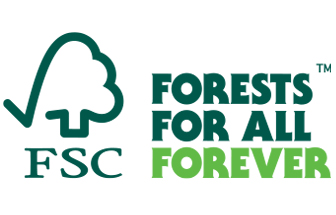NEW FOREST WANTS FARMERS TO TAKE FRESH
LOOK AT PAIRING FORESTRY WITH AGRICULTURE
An ambitious project to plant 250,000 native trees in a bid to generate carbon credits while reversing the effects of salinity is under way at Kalannie in the Wheatbelt region of Western Australia, about 260 km north-east of Perth.
(Countryman – Evan Collins Photography)
GLOBAL assets manager New Forests wants farmers to chalk up the failed managed investment schemes as lessons learned and take a fresh look at pairing forestry with agriculture.
Talking after the company’s purchase of Lawson Grains, Australia’s leading corporate grain farmer, David Brand said in an address to the Impact X Summit Sydney last week, “agriculture is a good fit in our forestry-dominated portfolio”.
New Forests has $7.7 billion in assets under management across 1.1 million ha.
“We’ve been cropping maybe 10,000-15,000 ha in Western Australia that was formerly under trees in ex-Great Southern plantations and so, when Lawson Grains came up for sale, that gave us an opportunity to expand our cropping.” Mr Brand said.
“Where you’ve got cropping and forestry and conservation and biodiversity areas you can be thinking about that in terms of whole-of-landscape outcomes and carbon production systems optimisation between forestry and agriculture.”
 New Forest wanted access to more land, Mr Brand added, through partnerships with farmers.
New Forest wanted access to more land, Mr Brand added, through partnerships with farmers.
“As we look to expand the forestry estate, there’s hopefully going to be an opportunity … where we can potentially be joint venturing with rural landowners or leasing land that’s maybe less suitable for agriculture so we start to create a landscape that integrates forestry with farming,” he said.
The form of the arrangements was negotiable, Mr Brand said, and could involve a straight land lease or a share in either the carbon credits or the timber that plantations produced.
“The idea is to explore the structure that is of most interest to the farming community so that it’s a win-win approach,” he said.
“From our perspective, this is more capital efficient, and it’s also more aligned, I think, with rural community interests.
“I know, previously, there has been concern that an organisation like us would come and buy large amounts of land.
“We would rather a model that’s based on partnerships. And maybe from time to time we buy some properties, but generally we’re focused on trying to build a regime that’s working with the local communities that are there today.”
Mr Brand said the scale of the on-farm plantings would need to be at least 20-40 ha to make management viable.
New Forests would engage contractors to maintain the plantations over the term of the arrangements, which would be about 15 years for eucalypt plantations or 30 years for pines. At farm level, Mr Brand said, forestry needn’t crowd out farming either.
“When you sit down with a farmer, they’ll say, ‘Look mate, this 100 ha over here, I don’t make any money from it, if you could work that for forestry, I’d be happy to have a go’,” he said.
“We’re trying find ways we can optimise land allocation and not try and take the prime country that’s there for growing wheat or canola or barley.”
Mr Brand said forestry presented an opportunity for agricultural regions to diversify.
New Forests was looking for land with average rainfall of more than 600 mm, good soils, and proximity to sawmills or ports.
“There’s probably six or seven key ‘forestry hubs’ and that’s where we’ve got consolidated timber processing, and scale and capacity of existing plantations, so we’ll focus forestry into those areas,”
Mr Brand said.
He referred to the Green Triangle region around Mount Gambier and Hamilton, south-west Western Australia, northern Tasmania, and the Murray Valley region in NSW and Victoria.
“The whole forestry estate in Australia is less than 2 million ha, so it’s tiny compared to agriculture but we do want to expand because the country has a huge timber deficit,” Mr Brand said.
“We’re importing sawn timber from places like Scandinavia, and that can be quite volatile in terms of its pricing. Particularly now when we’ve got a strong housing market, I think there’s a desire to have more of our timber produced domestically.”
(With extracts from Queensland Country Life).










